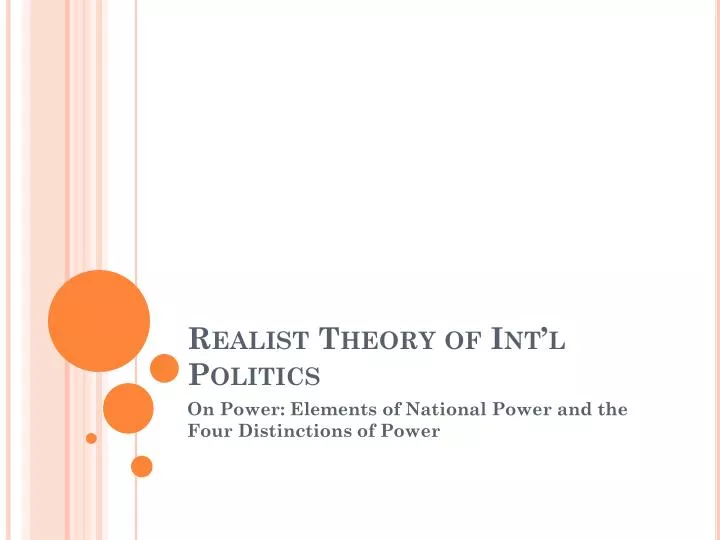Understanding the Filibuster: How It Shapes U.S. Politics and Legislation
Introduction: The Filibuster and Its Role in Politics
The filibuster is a powerful and sometimes controversial tactic in the U.S. Senate, allowing a minority of lawmakers-or even a single senator-to prolong debate and delay or prevent a vote on proposed legislation. This procedure has played a pivotal role in shaping American law and governance for more than a century, affecting countless legislative outcomes and fueling ongoing debate about its merits and drawbacks. [3]
Defining the Filibuster: Origins and Meaning
At its core, the filibuster is a
parliamentary procedure
used to obstruct or delay legislative action. In the U.S. Senate, the filibuster typically involves senators engaging in extended debate-sometimes for hours or days-to prevent a bill from coming to a final vote. The term itself comes from the Spanish word
filibustero
and Dutch
vrijbuiter
, both meaning “pirate” or “freebooter,” reflecting the idea of hijacking the legislative process.
[1]
[3]
[4]
While the House of Representatives limits debates with strict rules, the Senate’s tradition of unlimited debate enables the filibuster to exist. The tactic is sometimes described as “talking a bill to death.” [3] [4]
How the Filibuster Works in Practice
To initiate a filibuster, one or more senators indicate their intention to prolong debate on a particular bill or legislative measure. This can involve continuous speeches, submitting numerous amendments, or otherwise preventing the Senate from proceeding to a vote. [2]
Unlike in the House, the Senate allows for unlimited speaking time unless a supermajority votes to end debate. This procedural tool gives significant power to the minority party-or even to a single determined senator. Famous examples include Senator Strom Thurmond’s record-setting 24-hour speech in 1957, attempting to block civil rights legislation. [3]
In modern practice, the threat of a filibuster is often enough to stop a bill, without requiring senators to actually speak at length. If at least 41 senators signal opposition, they can effectively prevent most legislation from advancing in the 100-member Senate. [2]
Cloture: The Process to End a Filibuster
Because the filibuster can indefinitely delay action, the Senate developed a procedure known as cloture to bring debate to a close. Originally, invoking cloture required a two-thirds majority vote. In 1975, this threshold was reduced to three-fifths, or 60 of 100 senators. If cloture is invoked, debate is limited and a final vote on the bill can proceed. [5]
To attempt cloture, senators must file a motion, and at least 16 senators must support bringing the question to a vote. If 60 senators agree, the filibuster ends, and further debate is strictly limited. [5]
Historical Context and Notable Filibusters
The filibuster’s roots trace back to the 19th century, when the Senate removed the “previous question” motion that allowed a simple majority to end debate. This change made it possible for senators to speak indefinitely. [1]
Memorable filibusters have included long speeches against civil rights bills and other major legislation. These events are often cited as examples of both the filibuster’s ability to protect minority interests and its potential to obstruct popular or needed reforms. [3]
Practical Implications: How the Filibuster Affects Legislation
Supporters of the filibuster argue that it protects minority rights in the Senate, ensuring that major changes to U.S. law require broad consensus. They claim this promotes stability and prevents rapid swings in national policy. [1]
Opponents, however, contend that the filibuster leads to legislative gridlock , making it difficult to pass even widely supported measures. They point to recent decades, where the threat or use of filibusters has delayed or blocked bills on issues ranging from healthcare to climate policy. [2]
It is important for citizens and advocates to understand how the filibuster might affect the progress of laws that impact their daily lives. If you want to track the status of a bill, you can search for legislative updates on the official U.S. Congress website or through reputable news organizations with a dedicated politics section. Consider using search terms like “current filibuster in Senate” or “cloture vote results.”

Source: daily.jstor.org
How to Stay Informed and Get Involved
Staying informed about the filibuster and its impact on legislation can empower you to participate more actively in the democratic process. Here are steps you can take:
- Read Senate proceedings and bill updates: You can access up-to-date records of Senate debates and votes by visiting the official United States Senate website or the Library of Congress’s legislative portal. Search for “Senate filibuster” and “cloture votes” for the most recent developments.
- Contact your senators: If you wish to express your views on the filibuster or a specific bill, you can call, email, or write to your senators. Official contact information is available on the United States Senate’s website.
- Engage with civic organizations: Many non-partisan organizations track Senate rules and advocate for or against filibuster reform. Search for groups focused on government accountability and legislative transparency for more resources.
Alternatives and Reform Proposals
There have been ongoing debates about whether to reform or eliminate the filibuster. Some proposals include:
- Returning to the “talking filibuster”: Requiring senators to physically remain on the floor and speak in order to maintain a filibuster, rather than merely threatening one. [3]
- Creating more exceptions: Some legislation, such as budget bills, already bypasses the filibuster through reconciliation procedures. Expanding these exceptions is a common topic of reform discussion. [2]
- Lowering the cloture threshold: Reducing the number of votes needed to end a filibuster would make it easier for the majority to pass legislation. [5]
To follow these developments, you may search for terms like “Senate filibuster reform proposals” or “cloture rule changes.” Expert coverage is often available on major news outlets and official Senate publications.

Source: thoughtco.com
Challenges and Solutions for Navigating Filibuster Rules
For citizens, the main challenge is understanding when and how the filibuster will impact important legislation. Because rules and practices can change over time, and because procedural maneuvers are often complex, staying informed is essential.
Solutions include:
- Subscribing to newsletters from reputable news organizations with a focus on government and legislative affairs.
- Participating in public forums and town hall meetings where senators and experts discuss legislative processes.
- Utilizing official Senate resources and glossaries to familiarize yourself with parliamentary terms and procedures.
Key Takeaways
The filibuster is a unique feature of the U.S. Senate, allowing a determined minority to delay or block legislative action by prolonging debate. Its defenders see it as a safeguard for minority interests, while critics argue that it hinders necessary governance. Understanding the filibuster’s mechanics, history, and ongoing reform debates is crucial for anyone tracking or engaging with U.S. politics.
If you are interested in learning more or participating in the legislative process, you can:
- Visit the official United States Senate website for the latest updates and guidance on contacting your representatives.
- Use the Library of Congress’s legislative portal to access official bill texts, voting records, and debate transcripts.
- Engage with non-partisan civic education organizations for additional resources and advocacy opportunities.
References
- EBSCO Research Starters (2024). “Filibuster.” Comprehensive overview of the filibuster’s history and practice in U.S. politics.
- Legal Information Institute – Cornell Law (2022). “Filibuster.” Legal and procedural explanations of the filibuster in U.S. law.
- Encyclopaedia Britannica (2025). “Filibuster: Definition, Examples, & Facts.” Detailed historical and practical analysis of the filibuster.
- Wikipedia (2024). “Filibuster.” Etymology and historical background.
- U.S. Senate (2024). “About Filibusters and Cloture.” Official Senate procedures and rules regarding the filibuster and cloture process.


